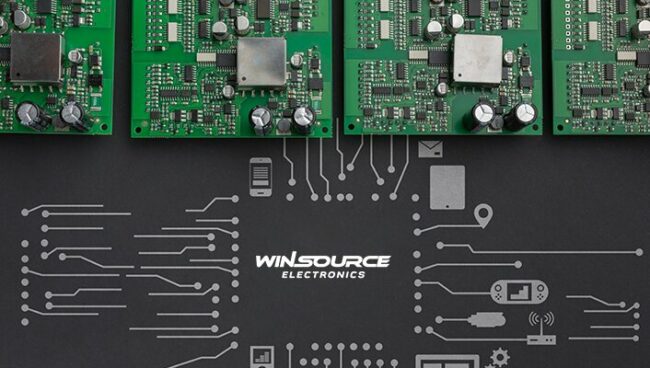
Computers are familiar to everyone, as we can’t imagine our daily work and life without them. However, do you know about the electronic board that enables computers to function? What is its purpose? If you don’t know, let’s learn about it together! Let me introduce the use of electronic boards in computers. As ordinary users, we use computers every day, but we rarely notice the existence of this key component. In fact, electronic boards play a very important role in computers. As a computer user, you may be curious about the role of electronic boards in computers. In this article, we will explore the use of electronic boards in computers from the user’s perspective in detail.
Now that we have learned about the composition of a circuit board, let’s move on to its classification. First, let’s take a look at the basic components of electronic boards. An electronic board is one of the core components inside a computer, consisting of multi-layer printed circuit boards. These printed circuit boards are layered and soldered together to form the overall structure of the board.
The electronic board contains a large number of electronic components, such as microprocessors, integrated circuits, capacitors, resistors, transistors, inductors, and so on. These electronic components are precisely laid out and connected on the circuit board to achieve various functions. For example, a microprocessor is the central processing unit in a computer, consisting of a chip with millions of transistors. The microprocessor communicates and coordinates with other electronic components through the circuit connections on the electronic board. Passive components, such as capacitors and resistors, are used to adjust the voltage and current in the circuit to ensure its normal operation.
So, what is the role of electronic boards in computers? Let’s find out together! First, the motherboard is the most important type of electronic board. The chipset and slots on the motherboard allow different types of electronic boards and other components to be connected together. The motherboard also includes the computer’s BIOS (Basic Input/Output System) chip, which is a program stored on the motherboard that manages the computer’s startup process and ensures that all components work together.
Another important electronic board is the graphics card. The graphics card is responsible for converting the image data in the computer into a signal that the monitor can recognize and sending it to the monitor. High-performance graphics cards typically include dedicated graphics processing units designed specifically for processing graphics data. This allows the computer to render complex graphics faster, such as advanced games and 3D modeling software.
Sound cards are used to process audio data in the computer. They typically include a digital signal processor (DSP), which allows the computer to process audio in real-time. This is essential for tasks such as music production, video editing, and voice chat. Finally, the network card is used to connect the computer to the internet. They allow the computer to connect to other devices and computers through wired or wireless networks. Network cards can also manage the computer’s network security, such as firewalls and intrusion detection systems.In addition to these common electronic boards, there are many other types of electronic boards in computers, each with their own specialized tasks and functions.
After a detailed description earlier, let me summarize the specific roles of the circuit board in computer systems. Here are some of the main functions:
-
- Signal transmission: The circuit board plays a critical role in signal transmission within a computer system. The board uses structures such as wires, traces, and copper foils to deliver signals to the desired location.
- Providing power and grounding: In addition to connecting and transmitting signals, the circuit board can provide power and grounding. Electronic devices require power and grounding to function properly, and the board can provide different voltages and currents through various circuit designs.
- Protecting electronic components from electromagnetic interference and static electricity: Various problems such as electromagnetic interference and static electricity can cause damage to electronic components in a computer system. However, the circuit board can effectively protect these components by using different designs.
- Increasing the reliability and stability of the computer system: The circuit board plays a crucial role in a computer system’s reliability and stability. Its design and manufacturing quality directly affect the system’s reliability and stability. The better the quality of the circuit board, the lower the failure rate of the computer system.
The above content has helped us understand circuit boards and their functions. As a computer user, it is crucial to understand the role and function of electronic boards. This can help users better comprehend the workings of a computer and better protect and maintain its health. If an electronic board fails, it can adversely affect the performance and stability of the entire computer system. Therefore, it is essential to learn how to identify and resolve electronic board issues. Overall, mastering these fundamentals can lead to a better understanding of how computers operate and better protect and maintain their health. Additionally, understanding the performance and functions of different electronic boards can assist us in selecting the appropriate board to meet our work and entertainment needs.

COMMENTS